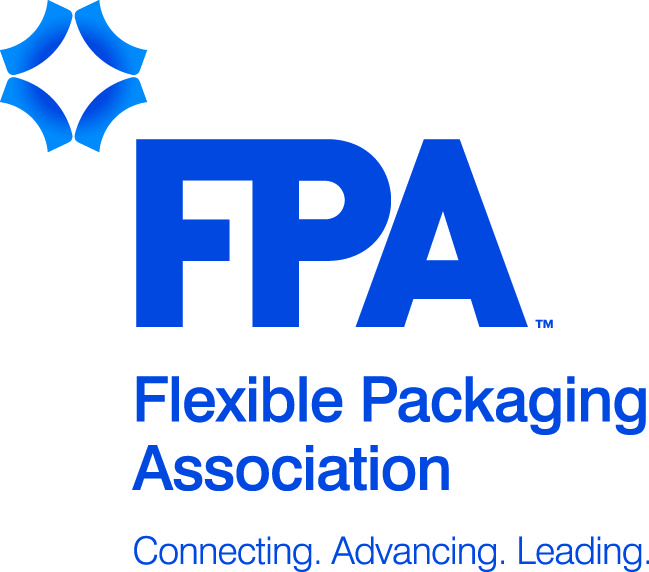U.S. Flexible Packaging Sales Expected to Hit $31.9 Billion
- Published: November 26, 2018

- Performance (growth, revenue/volume expectations, profitability, capital spending)
- Materials and processes (printing, expected material usage)
- End-uses (end-use forecast, U.S. Census Bureau retail segments data)
- Structure and consolidation (M&A activity)
- Imports and exports (trade outlook)
- Industry vision (challenges and critical issues identified by both converters and suppliers)
According to the report, the growth of the U.S. flexible packaging industry has been steady over the past 10 years with a compound annual growth rate (CAGR) of 1.6 percent and a 2017 annual growth rate of 2.6 percent. FPA estimates that the industry will increase to $31.9 billion in 2018.
The total U.S. flexible packaging industry was estimated to be approximately $31 billion in annual sales for 2017. The $31 billion includes packaging for retail and institutional food and non-food (including medical and pharmaceutical), industrial materials, shrink and stretch films, retail shopping bags, consumer storage bags and wraps
The focus of the report is on the segment of the industry that adds significant value to the flexible materials, usually by performing multiple processes, such as printing, laminating, coating, extrusion
Flexible packaging represents approximately 19 percent of the total $167 billion U.S. packaging industry and is the second largest packaging segment behind corrugated paper and just ahead of bottles and miscellaneous rigid plastics packaging. Flexible packaging’s solid long-term strength, coupled with flexible packaging replacing other packaging formats, resulted in the growth of flexibles from 17 percent in 2000 to the current level of 19 percent in 2017.
Since its development during the industrial boom following World War II, flexible packaging has maintained steady growth. Since 1992, year on year growth has been positive in almost every year except 2001 (impact of post 9/11 terrorist attacks) and 2009 (the ‘Great Recession’), with an annual cumulative growth rate of about three percent per year. Over the last 10 years, flexible packaging’s share of total packaging has remained reasonably steady at 16 percent to 19 percent.
Flexible packaging developed as a significant industry in the 1950s with advances in plastics film technology. While various components of the industry — particularly paper structures — existed before that time, materials and technological developments in the post-war period vastly expanded the products and processes of the industry that would become known as flexible packaging. By combining the best qualities of paper, plastic film, and aluminum foil, flexible packaging delivers a broad range of protective properties, yet employs a minimum of material. Flexible packaging’s versatility, efficiency, and cost-effectiveness contribute to its continued growth.
FPA gathers the information contained in the report through several reliable industry sources, including the FPA members’ State of the U.S. Flexible Packaging Industry Survey; the FPA non-members’ Industry-Wide Converter Survey; the Annual Survey of Manufactures (ASM), published by the U.S. Census Bureau; the U.S. Department of Labor; the U.S. Department of Commerce; industry analysts; and investment banking reports. Data collected from these sources provides a complete picture of the U.S. flexible packaging industry and helps to crosscheck information regarding industry size, structure, market segments and key packaging products.
About the Authors
The FPA State of the U.S. Flexible Packaging Industry Report is a benefit of FPA membership and is available in the “Members Only” section of www.flexpack.org. The report is available to non-members of FPA for $4,000. For more information on the FPA State of the Flexible Packaging Industry Report, contact FPA’s Business & Economic Research Division, at fpa@flexpack.org or 410-694-0800, or visit www.flexpack.org.








